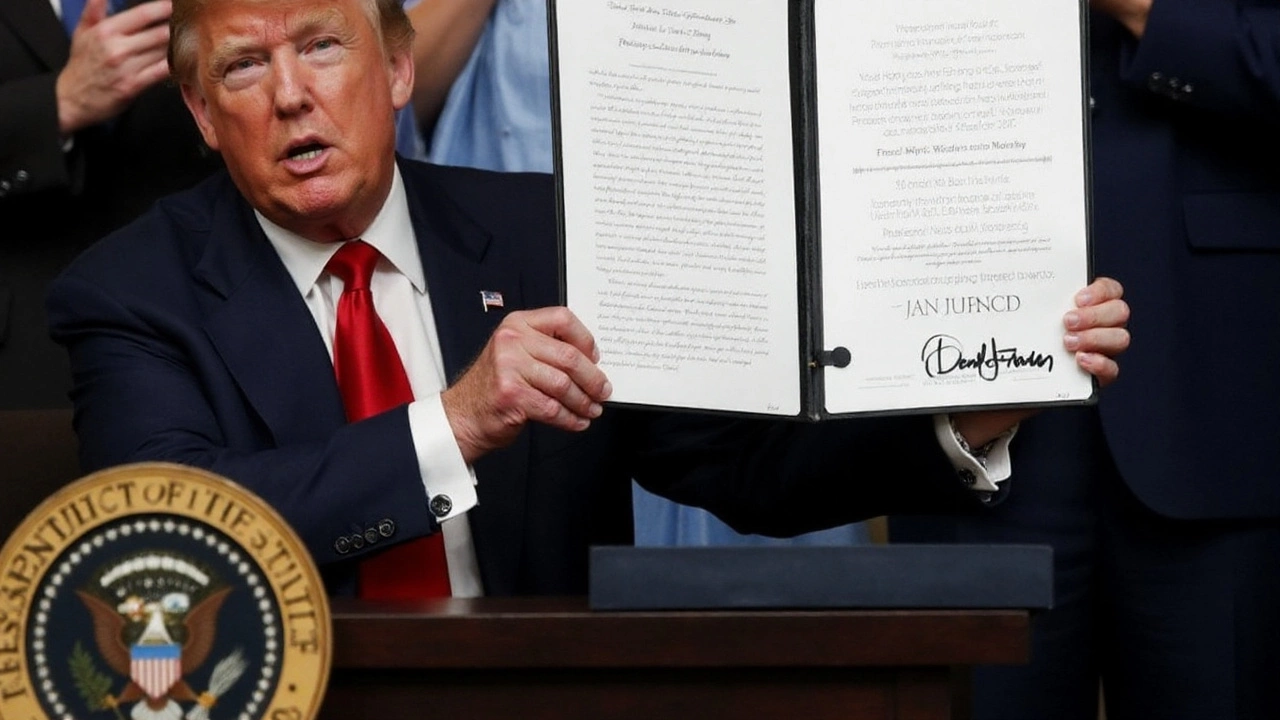US Tariff Updates: What’s Happening Now
If you’ve been scrolling through headlines, you’ve probably seen the term US tariff pop up a lot lately. From court battles to price hikes on everyday goods, tariffs are suddenly a hot topic. But what exactly are they, why should you care, and how do they affect you? Let’s break it down in plain English.
Why the Recent Court Ruling Matters
Earlier this month a federal appeals court threw a curveball at the Trump‑era tariff plan. The judges ruled that most of the tariffs imposed under the International Emergency Economic Powers Act (IEEPA) were illegal. In simple terms, the court said the government didn’t have the right to slap those duties on certain imports.
The decision spared the steel and aluminum duties, which were placed under a separate law, but it wiped out higher taxes on many Indian products. Those tariffs had pushed some Indian exports to a 50 % levy, making everything from textiles to tech components pricier for American buyers.
Why does this matter to you? If you buy anything made in India—or if you run a business that relies on Indian parts—prices could drop again. On the flip side, the ruling keeps the door open for more legal fights, which means the tariff landscape might shift again soon.
How Tariffs Affect Businesses and Consumers
Tariffs are essentially a tax on imported goods. When the tax goes up, companies usually pass the extra cost to customers. That’s why you might see higher prices on things like shoes, electronics, or even food items that travel across borders.
For businesses, tariffs can either be a headache or a hidden opportunity. Small manufacturers that compete with cheap imports might welcome higher duties because their products become relatively cheaper. Larger firms that depend on global supply chains, however, often feel the pinch and may look for new suppliers or move production overseas.
There’s also a geopolitical side. Tariffs are used as a bargaining chip in trade negotiations. The recent court ruling could signal a softer approach from the US government, especially toward India, a key strategic partner. If relations improve, you might see fewer trade barriers and smoother market access.
In everyday life, the impact shows up in your wallet. Think about the last time you bought a pair of sneakers made in Vietnam. If a new tariff is added, that price tag could climb by a few dollars. While that seems small, the effect adds up across millions of products.
So, what can you do? Keep an eye on news about the US tariff policy, especially any updates from the Department of Commerce or the World Trade Organization. If you’re a consumer, compare prices and consider locally made alternatives when possible. If you run a business, explore diversifying suppliers to avoid over‑reliance on any single country.
Bottom line: US tariffs aren’t just headlines—they’re a real factor shaping the cost of goods you buy and sell. The recent court decision shows that the legal backdrop can change quickly, so staying informed is the best way to navigate the ups and downs.
US Slaps 50% Tariff on Indian Imports Amid Russia Oil Row, Triggering Political and Economic Shockwaves
The US has announced a 50% tariff on Indian imports, blaming India's Russian oil purchases and sparking a global trade row. This move, the highest imposed on any nation, has led to political backlash and warnings of higher consumer prices, especially for clothing and footwear.





